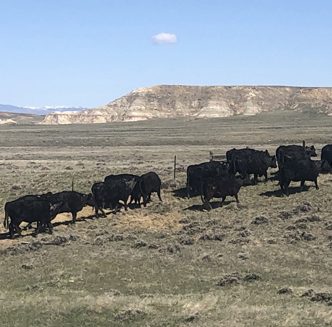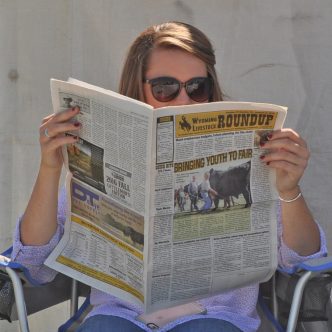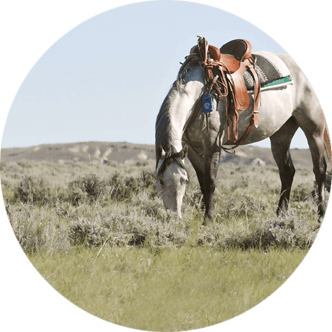Postcard from the Past: Recalling United Flight 409 Which Crashed into Medicine Bow Peak in 1955
Compiled by Dick Perue from memory, newspaper accounts, the Bob Martin/Dick Perue collection, University of Wyoming (UW) American Heritage Center files and several internet articles.
With today’s news of airplane wrecks dominating TV, radio and the press this past couple of weeks, I’ve been experiencing flashbacks to 70 years ago when I helped report on the worst airline disaster at the time. It was when United Airline Flight 409 crashed into Medicine Bow Peak in the Snowy Range west of Laramie on Oct. 6, 1955.
The aircraft was a Douglas DC-4 carrying 63 passengers and a crew of three. All 66 perished in the early morning crash. The plane exploded on impact, creating a debris field about a mile long. Two huge black marks scorched the side of the mountain.
The crash was discovered by a fighter jet pilot based out of Cheyenne just before noon the day of the crash. The pilot spotted “a huge black smudge where it hit the peak and pieces of wreckage that slid 200 feet down the side of the precipice,” one article states.
The real untold story of the disaster concerns the volunteers who began rescue efforts that afternoon and continued for several days.
First rescuers to reach the scene were local authorities, reporters and two priests who said they had found about 50 bodies strewn along a 300-foot course down the face of the mountain.
Only a tail piece, part of the fuselage and a wing of the plane had been located at mid-afternoon by rescuers who fought snowdrifts and howling wind on the 12,005-foot Medicine Bow Peak.
As a 20-year-old journalism student at UW, I helped cover the accident for the Branding Iron, the university’s student newspaper, as well as my hometown paper the Saratoga Sun.
Although I was at the scene as a reporter to cover the accident, I was soon put to work with the early effort to find and recover bodies and place them in body bags.
The first day was a real struggle and little progress was made. The following day, more help arrived in the form of the UW student mountaineering club with climbing gear and zip lines; ranchers with pack horses and wranglers; lumberjacks with strong backs and knowledge of the peak and rock field above Lake Marie; hikers, hunters and fishermen familiar with the rough terrain; college students; firemen, medical personal and rescue units; members of the Wyoming Air and Army National Guard and forest service personnel, plus scores of other volunteers from all walks of life.
Everyone chipped in to do their part. No fuss, no arguing and no delays.
Fresh snow on the ground, combined with the steepness of the crash site and the loose rocky slope, made conditions very difficult.
Carbon County Sheriff John Terrill was one of the first authorities to secure the scene. As it became obvious there were no survivors to rescue, Terrill established a base camp about a mile down the slope.
Work teams included United Airlines employees and both civilian and military authorities, but only the most experienced mountaineers were able to climb the nearly sheer face of the peak to recover the bodies of victims.
With a system of ropes and pulleys, alpinists secured remains in body bags and brought them down to the base camp. From there, body bags were loaded onto pack animals and carried to the nearest structure, the UW Science Camp, about six miles away.
From this temporary morgue, remains were taken into Laramie.
This is just a small part of the story. More details can be found in Mel Duncan’s excellent book “Flight 409” and on the internet, especially in an article entitled “How It Ended at Medicine Bow Peak” by Julianne Couch.





